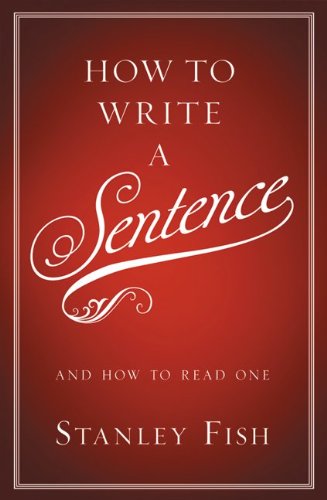Amazon Best of the Month, September 2008: Once you start
The Girl with the Dragon Tattoo, there's no turning back. This debut thriller--the first in a trilogy from the late
Stieg Larsson--is a serious page-turner rivaling the best of
Charlie Huston and
Michael Connelly. Mikael Blomkvist, a once-respected financial journalist, watches his professional life rapidly crumble around him. Prospects appear bleak until an unexpected (and unsettling) offer to resurrect his name is extended by an old-school titan of Swedish industry. The catch--and there's always a catch--is that Blomkvist must first spend a year researching a mysterious disappearance that has remained unsolved for nearly four decades. With few other options, he accepts and enlists the help of investigator Lisbeth Salander, a misunderstood genius with a cache of authority issues. Little is as it seems in Larsson's novel, but there is at least one constant: you really
don't want to mess
with the girl with the dragon tattoo.
A 24-year-old computer hacker sporting an assortment of tattoos and body piercings and afflicted with Asperger Syndrome or something of the like has been under state guardianship in her native Sweden since she was thirteen. She supports herself by doing deep background investigations for Dragan Armansky, who, in turn, worries the anorexic-looking Lisbeth Salander is "the perfect victim for anyone who wished her ill." Salander may look fourteen and stubbornly shun social norms, but she possesses the inner strength of a determined survivor. She sees more than her word processor page in black and white and despises the users and abusers of this world. She won't hesitate to exact her own unique brand of retribution against small-potatoes bullies, sick predators, and corrupt magnates alike.
Financial journalist Carl Mikael Blomkvist has just been convicted of libeling a financier and is facing a fine and three months in jail. Blomkvist, after a Salander-completed background check, is summoned to a meeting with semi-retired industrialist Henrik Vanger whose far-flung but shrinking corporate empire is wholly family owned. Vanger has brooded for 36 years about the fate of his great niece, Harriet. Blomkvist is expected to live for a year on the island where many Vanger family members still reside and where Harriet was last seen. Under the cover story that he is writing a family history, Blomkvist is to investigate which family member might have done away with the teenager.
So, the stage is set. The reader easily guesses early that somehow Blomkvist and Salander will pool their talents to probe the Vanger mystery. However,Swede
Stieg Larsson's The Girl with the Dragon Tattoo is no humdrum, formulaic whodunit. It is fascinating and very difficult to put down. Nor is it without some really suspenseful and chillingly ugly scenes....
The issue most saturating
The Girl with the Dragon Tattoo is that of shocking sexual violence primarily against women but not excluding men. Salander and Blomkvist both confront prima facie evidence of such crimes. Larsson's other major constituent elements are corporate malfeasance that threatens complete collapse of stock markets and anarchistic distrust of officialdom to the point of endorsing (at least, almost) vigilantism. He also deals with racism as he spins a complex web from strands of real and imagined history concerning mid-twentieth century Vanger affiliations with Sweden's fascist groups.
But Larsson's carefully calibrated tale is more than a grisly, cynical world view of his country and the modern world at large. At its core, it is an fascinating character study of a young woman who easily masters computer code but for whom human interaction is almost always more trouble than it is worth, of an investigative reporter who chooses a path of less resistance than Salander but whose humanity reaches out to many including her, and of peripheral characters -- such as Armansky -- who need more of their story told.
Fortunately,
The Girl with the Dragon Tattoo in English translation will be followed by two more in the Millennium series: The Girl Who Played with Fire, and The Air Castle that Blew Up. I can't wait. Larsson also made a 200-page start on a fourth
book, but sadly he succumbed to a heart attack in 2004 and his father decided the unfinished work will remain unpublished.
I recommend this international bestseller to all who eagerly sift new
books for challenging intellectual crime thrillers, who luxuriate in immersing themselves in the ambience of a compellingly created world and memorable characters, who soak up financial and investigative minutiae as well as computer hacking tidbits, and who want to share Larsson's crusade against violence and racism.
Read More...  An eye-opening, myth-shattering examination of what makes us fat, from acclaimed science writer Gary Taubes.
An eye-opening, myth-shattering examination of what makes us fat, from acclaimed science writer Gary Taubes.










